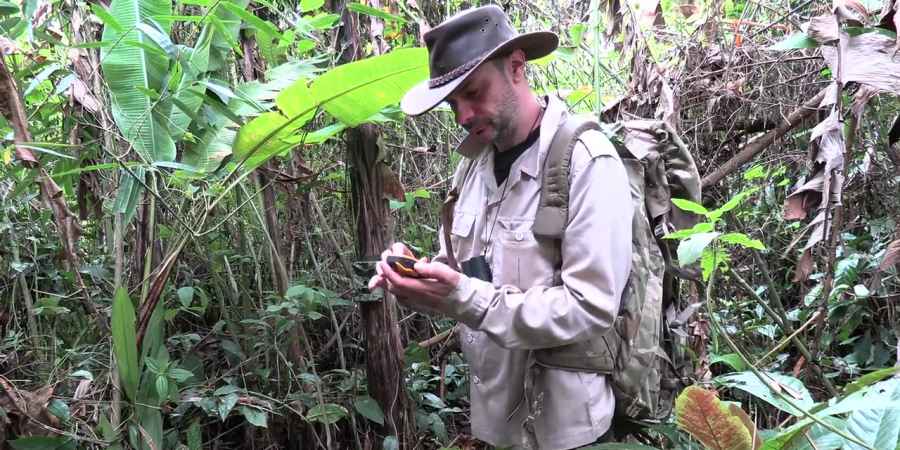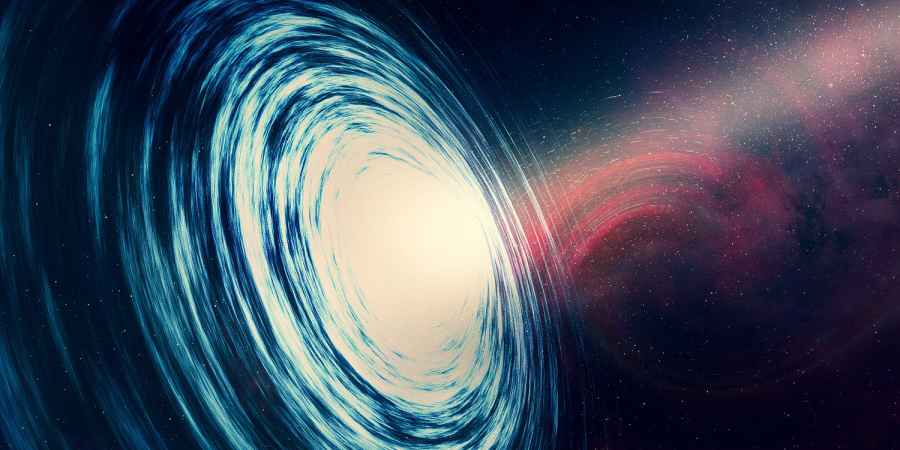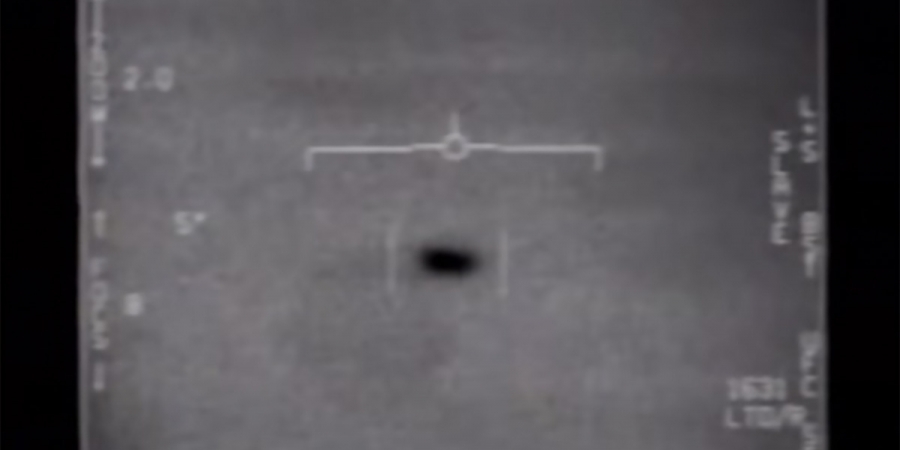
Photo: pixabay.com

Photo: pixabay.com
This page is more than six years old and was last updated in August 2019.
The age-old myth of Nessie seems to have run its course, with every alleged sighting having been debunked over the years, but one team of researchers could be about to uncover evidence of the elusive beast using modern technology.
The legend of a huge, long-necked creature living in the loch is popular myth in Scottish folklore, with reports of the monster dating back to the sixth century and continuing to this day. More than 1,000 people claim to have spotted the beast and alleged photographs of the monster have been scrutinised by skeptics and believers alike.
Professor Neil Gemmell is leading the new search, which aims to uncover what really lives in the murky waters of the world-famous Scottish loch. He said, "while the prospect of looking for evidence of the Loch Ness monster is the hook to this project, there is an extraordinary amount of new knowledge that we will gain from the work about organisms that inhabit Loch Ness."
The scientist, from New Zealand, plans to collect DNA samples from the lake over a two-week period, and then use new DNA sampling techniques to extract genetic code in order to determine the types of creatures that make the lake their home.
Professor Gemmell, who works at the University of Otago in Dunedin, is as skeptical as the rest of us about the existence of a Loch Ness monster, he said "I don't believe in the idea of a monster," but he's sure that the loch, which is the UK's largest freshwater body, will hold plenty of other secrets in its depths.
"I'm open to the idea that there are things yet to be discovered and not fully understood. Maybe there's a biological explanation for some of the stories."
The technique allows the team to capture and analyse tiny organic fragments left behind by creatures as they swim through the water. This can be anything from skin or scales, through to decaying remains.
By the end of June, the genetic samples will be winging their way to labs around the world in New Zealand, Australia, Denmark and France, where the samples will be compared to a huge database of DNA. The professor said, "there's absolutely no doubt that we will find new stuff and that's very exciting."

The famous photo above was taken 1934 by a surgeon by the name of Robert Kenneth Wilson, it's believed to be the first photo taken of the monster and commonly known as the "Surgeon's photograph."
Despite it's frequent depiction of a humped-back and long neck, some experts believe the monster could have been nothing more than a large fish, like a catfish or sturgeon.
Even if Professor Gemmell's team fail to collect evidence of a beast in the loch, it's unlikely the myth will die down. Especially as one in five Scots still think the Loch Ness monster is a reality.
Further Reading
Dive into the world of the paranormal and unexplained with books by Higgypop creator and writer Steve Higgins.

Hidden, Forbidden & Off-Limits
A journey through Britain's underground spaces, from nuclear bunkers to secret wartime sites.
Buy Now
The Paranormal Encyclopaedia
A comprehensive encyclopaedia of over 200 unexplained topics, from mind reading to Ouija boards.
Buy NowMore Like This

Big CatsMarch 12, 2025
Elusive Orang Pendek & Sumatran Tiger Discovery Captured In Groundbreaking Expedition

ScienceMarch 10, 2025
What Ghost Hunters Mean When They Talk About Dimensions

GamesDecember 24, 2024
2024's Year Of UAPs Quiz
 See More on Audible
See More on Audible

Comments
Want To Join The Conversation?
Sign in or create an account to leave a comment.
Sign In
Create Account
Account Settings
Be the first to comment.